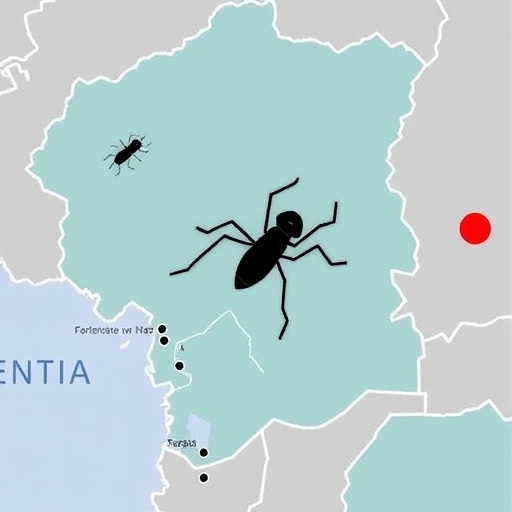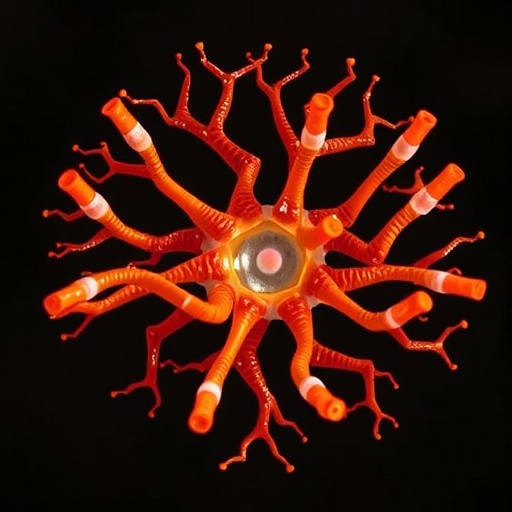A mutant worm with a change in one mitochondrial gene produces more reactive oxygen species (ROS), which can be harmful to cells by causing oxidative stress. However, this mutant worm is able to live twice as long as the wild type. Professor Dr. Aleksandra Trifunovic and her team at the CECAD Cluster of Excellence in Aging Research at the University of Cologne showed for the first time that this longevity is driven by a detoxification pathway, directly regulated by the level of ROS. What makes these results more compelling is that this pathway, which is necessary for the cells to get rid of unwanted unnatural substances, is conserved throughout the animal kingdom and important, for example, in the liver for the drug metabolism. The study ‘KLF-1 orchestrates a xenobiotic detoxification program essential for longevity of mitochondrial mutants’ was now published in the journal Nature Communications.
Mitochondria are the powerhouses of the cells. They produce energy using oxygen during a process called respiration. The side effect of this process is the occurrence of reactive oxygen species or ROS, which are always a by-product of respiration. During aging, mitochondria go through wear and tear, reducing their capability to keep ROS production under control. Some scientists even believe that aging is a consequence of damage inflicted by ROS. Indeed, as we age, more ROS and other toxic metabolites are produced.
Detoxification pathways remove toxic metabolites in three steps. In the first phase, the metabolites are recognized and modified, so that they can be neutralized during the second phase, and eliminated from the cell during the third phase. The whole machinery to keep the degradation going is extremely energy-consuming and it is kept under tight transcriptional control. Usually it is only turned on when needed.
Dr Marija Herholz, the leading scientist of the recent study, showed that one transcription factor plays an important role: ‘When we deleted KLF-1, the mutant lost its longevity and returned to a normal lifespan, while at the same time the detox pathway was shut off. This shows that KLF-1 keeps the pathway working and is important for the longevity of the organism.’ But the longer life of the mutants has some downsides too: ‘We could see that the mutants move slower and develop slower, since they make less energy and have to support the complex detox machinery running,’ Herholz added.
So far, ROS were mostly seen as something bad, disturbing the cells. Newer research shows that ROS plays an important role as a signalling molecule. Within the study the researchers could show that higher levels of antioxidants given to the worms lead to a decreased lifespan by removing ROS and therefore blocking the signalling pathway. ‘The public perception of ROS in a solely negative way is therefore not backed by scientific findings,’ said Marija Herholz. ‘Indeed, if the levels of antioxidants are too high, this might be harmful, as our study shows.’
In following studies, the researchers want to have a closer look at what exactly happens on the molecular level before and after activation of the signalling pathway.
###
Publication:
‘KLF-1 orchestrates a xenobiotic detoxification program essential for longevity of mitochondrial mutants’
Marija Herholz, Estela Cepeda, Linda Baumann, Alexandra Kukat, Johannes Hermeling, Sarah Maciej, Karolina Szczepanowska, Victor Pavlenko, Peter Frommolt & Aleksandra Trifunovic
Nature Communications
DOI: 10.1038/s41467-019-11275-w
https:/
Media Contact
Marija Herholz
[email protected]
http://dx.




